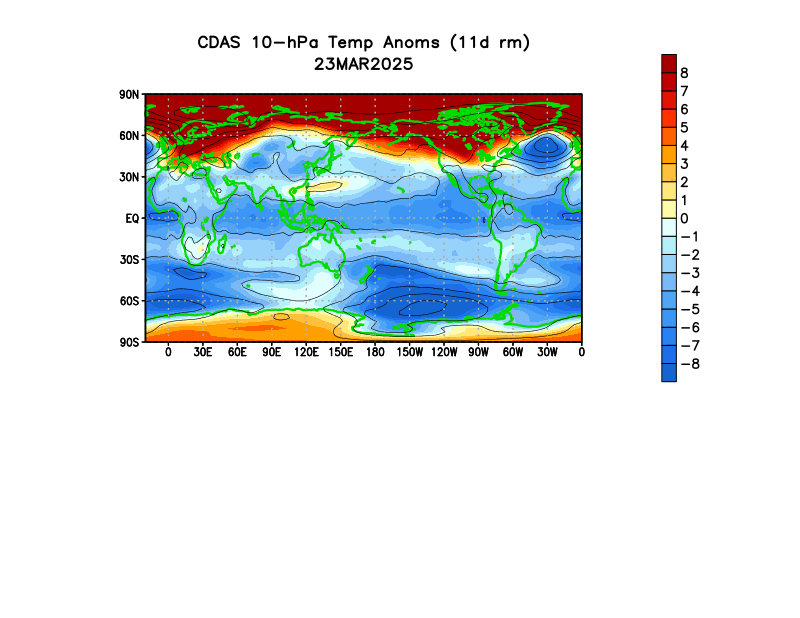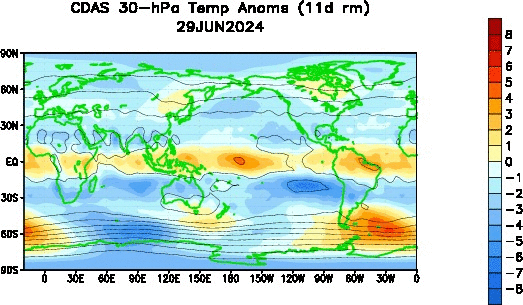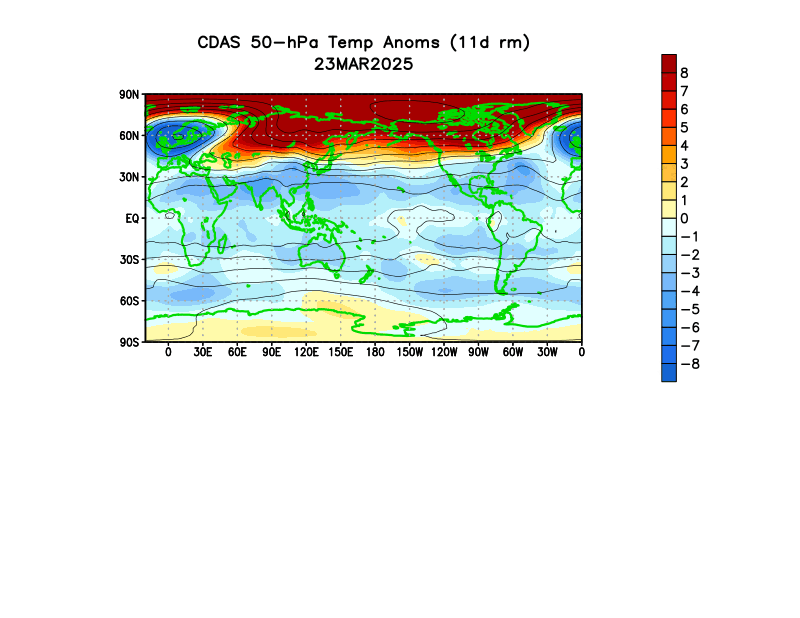It looks like there is now the potential for a blizzard this Saturday and Sunday.
The GFS model shows extreme wind speeds along the coast of the Northeast as another strong storm system rides up the coast in similar fashion as the storm that just ended for the East Coast. We see 10 meter wind speeds over 44 knots just offshore land, with widespread 25-35 knot wind speed forecasts at the height of this storm.
The GFS model indicates the storm will drop accumulating snow along the coast, as the 984 millibar low comes close to land. Despite the proximity of the low pressure system to the coast, the precipitation here will not be incredibly intense. Accumulation is expected, and the wind will be that of borderline-blizzard conditions, but the accumulation will not be significant.
The real fun begins overnight of Saturday into Sunday, as the GFS projects this storm will rapidly strengthen to drop significant snow accumulation on Maine, and this should continue into the day on Sunday. The system will be moving rather quickly, so while significant amounts are expected, it will not be a prolonged event. This also means good news for those of you who like to watch snow come down at high rates (i.e. 2 inches an hour or higher), as we'll likely see some pretty high snow rates in Maine from this storm.
This 6 hour snowfall forecast shows the intense snowfall overnight Saturday into Sunday, with the GFS depicting amounts as high as 12 to 14 inches of snow falling in that 6 hour period. If you were to average that out, it would be equivalent to 2" of snow falling every hour, but as we all know, snow does not fall in uniform and consistent rates like that. It's more probable that we would see very high snow rates (possibly 4" an hour at best) for a period of time, with lighter rates mixed in (i.e. 1" an hour or lower).
When all is set and done, here is the total snowfall put out by the GFS model. We can see those high amounts in Maine, but also some good totals in coastal portions of Massachusetts and Connecticut. Again, totals aren't looking to be too bad (I'm not so sure we see the GFS' predicted 10" of snow hit those areas in MA/CT), except for in Maine. The wind will certainly make it feel like a big snowstorm for those further south, though.
The NAM model has a different take on this event, bringing heavy snow to only the extreme eastern portion of Massachusetts, with that jackpot in Maine also moved to the east. Considering we saw the snowstorm along the East Coast a few days ago also further east than what model guidance suggested, it's possible we see a solution like this work out.
I'm wrestling with which solution I like better in this case. On one hand, we have the GFS solution, which seems somewhat-reasonable (compared to the NAM) with the slightly-lower inland snow amounts, but on the other hand, the NAM model being to the east may verify, considering the most recent East Coast storm appears to have been further east than modeled. Needless to say, this forecast will see some fine-tuning in the hours ahead.
Andrew
The GFS model shows extreme wind speeds along the coast of the Northeast as another strong storm system rides up the coast in similar fashion as the storm that just ended for the East Coast. We see 10 meter wind speeds over 44 knots just offshore land, with widespread 25-35 knot wind speed forecasts at the height of this storm.
The GFS model indicates the storm will drop accumulating snow along the coast, as the 984 millibar low comes close to land. Despite the proximity of the low pressure system to the coast, the precipitation here will not be incredibly intense. Accumulation is expected, and the wind will be that of borderline-blizzard conditions, but the accumulation will not be significant.
The real fun begins overnight of Saturday into Sunday, as the GFS projects this storm will rapidly strengthen to drop significant snow accumulation on Maine, and this should continue into the day on Sunday. The system will be moving rather quickly, so while significant amounts are expected, it will not be a prolonged event. This also means good news for those of you who like to watch snow come down at high rates (i.e. 2 inches an hour or higher), as we'll likely see some pretty high snow rates in Maine from this storm.
This 6 hour snowfall forecast shows the intense snowfall overnight Saturday into Sunday, with the GFS depicting amounts as high as 12 to 14 inches of snow falling in that 6 hour period. If you were to average that out, it would be equivalent to 2" of snow falling every hour, but as we all know, snow does not fall in uniform and consistent rates like that. It's more probable that we would see very high snow rates (possibly 4" an hour at best) for a period of time, with lighter rates mixed in (i.e. 1" an hour or lower).
When all is set and done, here is the total snowfall put out by the GFS model. We can see those high amounts in Maine, but also some good totals in coastal portions of Massachusetts and Connecticut. Again, totals aren't looking to be too bad (I'm not so sure we see the GFS' predicted 10" of snow hit those areas in MA/CT), except for in Maine. The wind will certainly make it feel like a big snowstorm for those further south, though.
The NAM model has a different take on this event, bringing heavy snow to only the extreme eastern portion of Massachusetts, with that jackpot in Maine also moved to the east. Considering we saw the snowstorm along the East Coast a few days ago also further east than what model guidance suggested, it's possible we see a solution like this work out.
I'm wrestling with which solution I like better in this case. On one hand, we have the GFS solution, which seems somewhat-reasonable (compared to the NAM) with the slightly-lower inland snow amounts, but on the other hand, the NAM model being to the east may verify, considering the most recent East Coast storm appears to have been further east than modeled. Needless to say, this forecast will see some fine-tuning in the hours ahead.
Andrew




